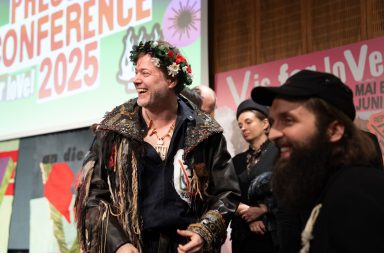by Cristina Ghinea
Photography is an art that complements the Sibiu International Theater Festival. Through it, moments are immortalized, the spirit and memory of events are prolonged and shared. Being part of the FITS team of photographers is not easy, but it is certainly a unique and rewarding experience, both professionally and personally. FITS photographers witness the transformations over time of the festival, its spectators, the organization, the city and the times, thus always being part of the miracle.
Three of those who have been contributing to the FITS image archive for years and capturing moments by means of which the festival is represented in numerous corners of the world – Dragoș Dumitru, Mihaela Marin and Sebastian Marcovici – answered a few of our questions.
Dragoș Dumitru graduated from the Onisifor Ghibu high school, Actor’s Art section, and is a graduate of the University of Art and Design in Cluj Napoca, majoring in Fine Arts and Photography. He has been part of the FOCUS Sibiu Association for over ten years and is present at many events in the city, as a photographer.
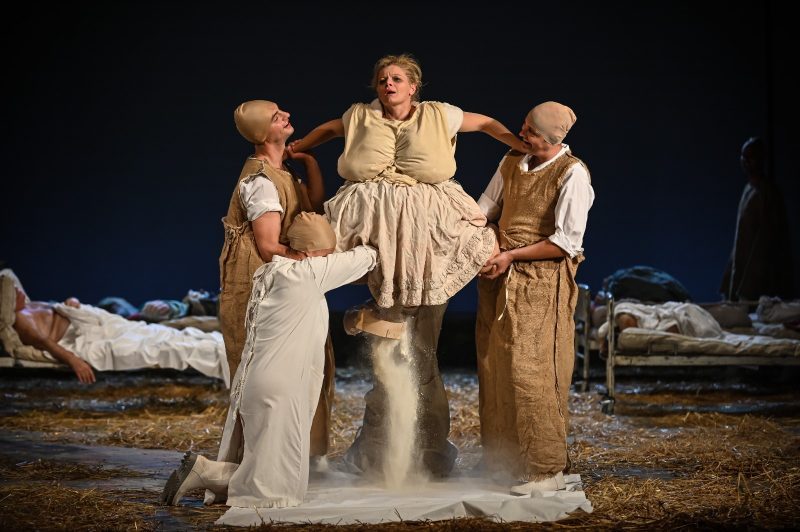
How many years have you been collaborating with FITS?
Dragoș Dumitru: I started photographing FITS in 2010, as a press attaché, although I wasn’t necessarily working for a publication. They worked in the barter system. It was an impressive experience where I had access to most events without stress or worry. I always ended the evening at the festival club, it was a lot of fun that year, when I came into contact with some of the festival infrastructures, which are constant over time. This gives you a sense of collegiality and belonging to a movement. It’s beautiful.
Since 2011, including for the 30th anniversary edition of FITS, I have joined the official team of accredited photographers to cover this gigantic cultural event. I have always enjoyed the support of fellow FITS photographers, as it is a team effort. A huge one. Some things have changed over time, but the friendships between us as photographers and the teams we coordinate and work with, whether from TNRS or externally, have remained the same and that makes our work a little easier. It’s good to know that you are part of a solid team of people who know what needs to be done.
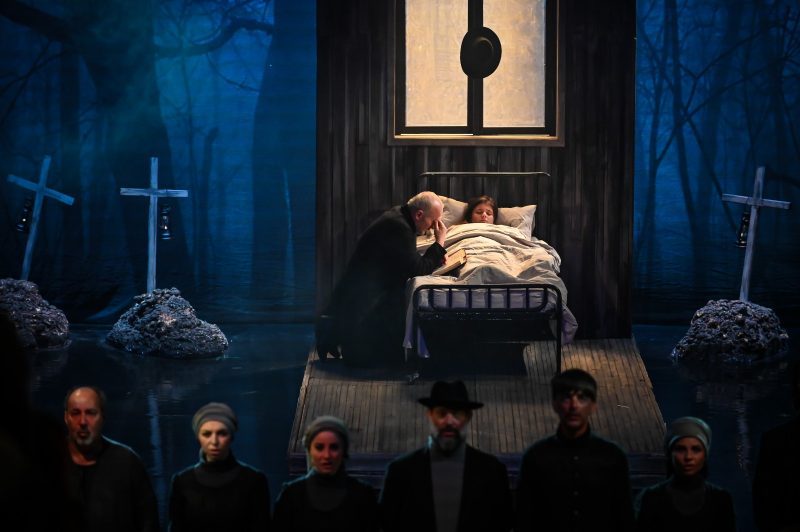
There is a big difference between being accredited as a member of the press at FITS and being on the official team of photographers. First of all, this team has the duty to cover all the events in the program book, so the workload is huge, from morning to night, for ten days in a row. And it’s a big responsibility, your work being taken over by companies, institutions or the local, national and international press.
How has this experience changed you as a professional?
Dragoș Dumitru: FITS is a unique and extremely mentally and physically demanding event. With a long duration, of ten days, and a full day program, from 09:00 a.m. to 11 p.m., edited and uploaded to the TNRS servers, so that the pictures are ready for the Aplauze magazine and the second day press kit in the morning, it’s very, very demanding. Not to speak of the number of events, their diversity, the rather demanding locations or the art of photographing theater itself.
If you ask me how it changed me professionally, it made me understand the importance of technology in the field of photography. An aspect I didn’t think about until I started photographing theater. But the mechanical shutter of DSLRs was a big handicap in the performance halls, both for the audience and for the artists. I missed thousands of shots because I couldn’t trigger the camera when I wanted to, artistically speaking, because it would have made noise in the hall. The new mirrorless cameras benefit from an electronic sensor and thus the typical camera sound disappears. This was seen in the quality and quantity of the pictures. Suddenly you didn’t really have any limitations in what you could photograph, you didn’t bother anyone, you could shoot 3000 frames at a performance (and there were such cases…).
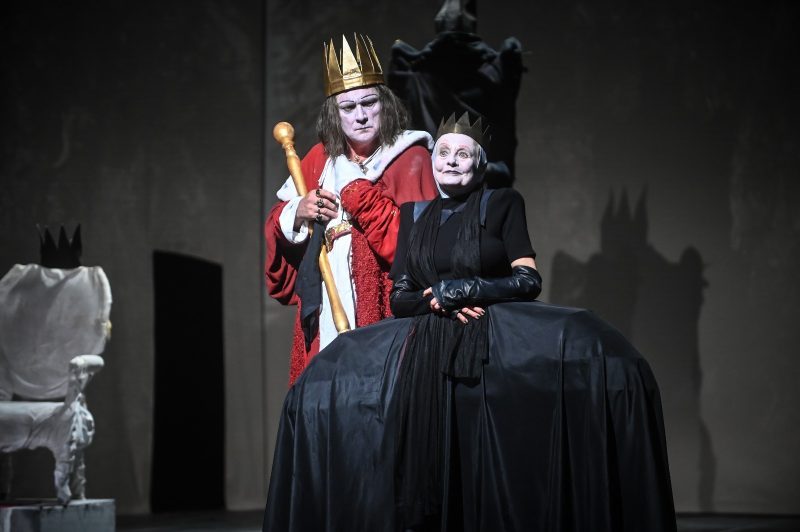
Photographing theater requires full attention to detail; in order to be minimally invasive in the performance hall, we often sit still for hours, standing, on the edge or behind the halls, behind the curtains or under the bleachers. Personally, I am very careful about the light displays of my device, which I cover up, so as not to disturb the spectators. In the end, there would be too much to tell…
I will only tell you my funniest incident as a photographer, where during a monologue by Ms. Isabelle Huppert, at the 2018 edition, photos were definitely needed, but the show would have stopped if Ms. Huppert had heard the sound of a camera in the hall, complete silence in the hallways, although the tension of everyone in the staff was at its peak. It was my show, I had to leave Thalia Hall with at least one image. Back then I was using a Nikon D500 DSLR, which would click with every shutter release. The solution was quite unorthodox, but I did everything I had to do to make sure I got the photo.
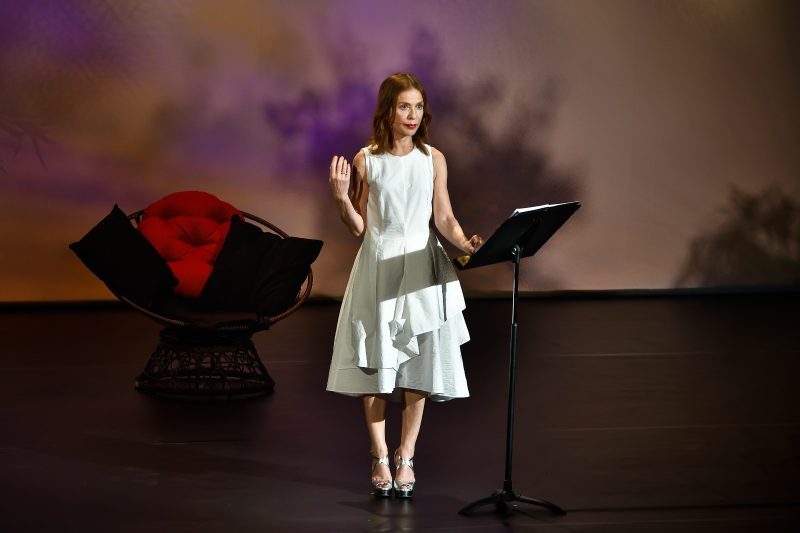
Dragoș Dumitru: I went to the boxes, on the second floor, where there were no spectators, where I knew I could open the doors (that’s an art in itself, to open a door without sound or light coming through) without anyone noticing me , then I took off my shoes and walked on the carpet there barefoot, to minimize the sounds of my footsteps, I took off my hoodie, and wrapped it around the camera with a telephoto lens attached, hoping that it would absorb more of the sound of the shutter, and I went in, took a single shot and went down. I was curiously looking up the stairs to see if the performance had stopped or not.
Fortunately, I don’t think anyone ever noticed that I was up there. And it was also the only time I left an event with just one photo. Otherwise, the average number of photos I take in a year at FITS, during the 10 days, is more than 10,000 images, from which I select about 20%, which I edit and pass on.
What does FITS mean to you as a citizen of Sibiu? What is your favorite FITS memory?
Dragoș Dumitru: This festival is a huge advantage for Sibiu and Romania. The artistic quality that FITS manages to bring to Sibiu, from all corners of the world, is indisputable. From the people, companies, conferences, the Performance Exchange and the ideas debated here to the legacy that FITS leaves to the city, through the doctoral platform, the collaborations with the LBUS or the LFA, the publications it prints, the theaters in the city – FITS is a very welcome addition to our city’s life. I am convinced that in the end, FITS will leave Sibiu with the long-awaited art and congress center, the new home of the TNRS, and a crucial addition to the development and well-being of our city.
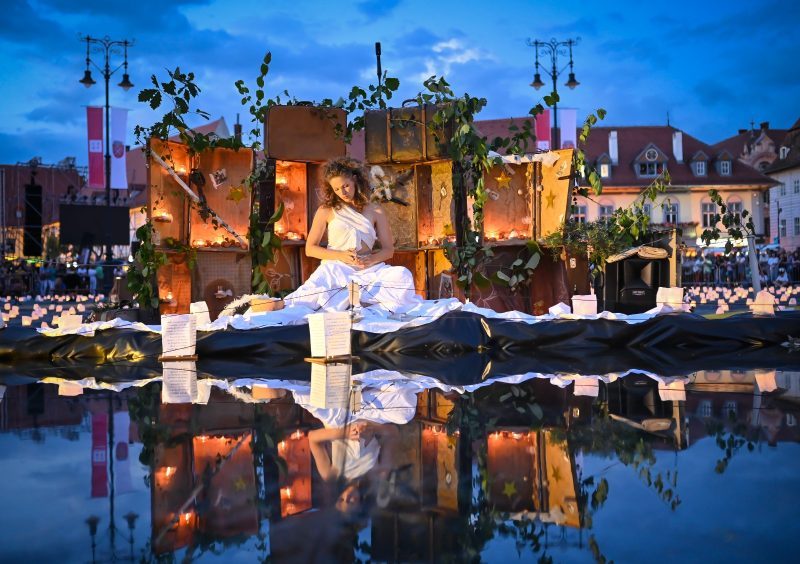
The best memories I have are when what I see in front of my eyes is so beautiful or interesting that in few circumstances, I put down the camera and enjoy the moment. The fireworks (especially the final ones) gave me this feeling year after year, but also the shows (especially the dance shows – if it’s dance and it’s from Israel, it shouldn’t be missed at FITS) or the mega outdoor productions in the Large Square and, not rarely, the conversations at the dozens of conferences I’ve been to during FITS over the years and the ideas of the people I’ve heard speak there. Names with an important resonance in the world of arts, and not only, arrived in Sibiu, thanks to this event. It’s no small thing!
What motivates you to return year after year to the FITS team of photographers?
Dragoș Dumitru: The people, although it is very sad to witness the departure of people who have been a part of this team for years, or to learn of the passing of outstanding people for FITS like Mr. George Banu or Noel Witts (with whom I became almost a friend after years and years of photographing at Atrium the Cultural Conversations that he and the team there were compiling into an anthology, the stories of some of the artists present at that edition of FITS, a very nice project). The quality of the shows you see and have the honor to immortalize is again an important criterion, not seldomly, working indirectly for the biggest companies or theaters in the world.
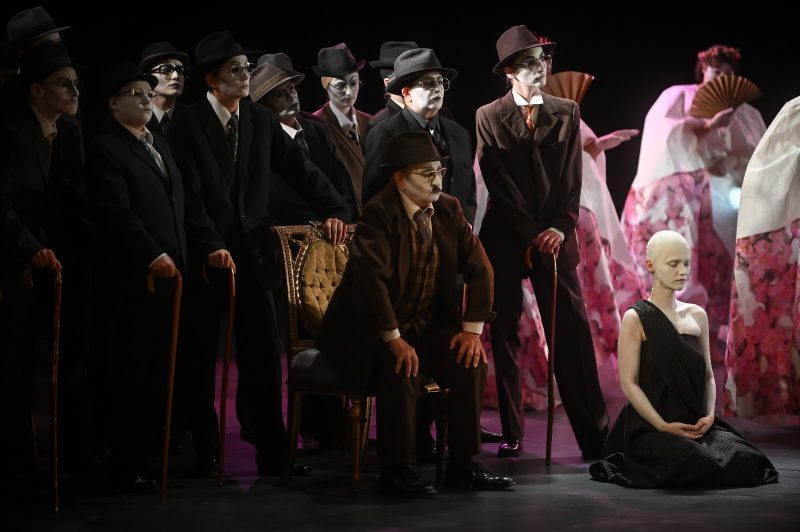
The atmosphere that FITS produces in every square meter of the city of Sibiu is unique and impressive. Apart from that, as a photographer, you get to see most of the FITS events, even if most of the time you do not get to watch them until the end. And the friendships made at the festival club are a very cool part of the story.
If you want me to let you in on a little inside story of the photographers’ team, regarding the two events that we all fear the most: the shows at CAVAS, after 10:00 p.m. (this is because you know you’ll finish after 12:00 p.m. and then you have to start editing quite late at night, although this is a double-edged sword, because that is a space of expression for the youngest actors and many student theaters, and not seldomly I left amazed by the quality of the show or the quality of the show’s image), and the second is the location at the Cisnădioara fortress (I recommend to anyone who goes there for the first time, to allocate a good 40 minutes before the show and to have a bottle of water on them).
That space has a unique charm, and I remember a concert there with the church full to capacity, at night, in a heavy storm and with the sound of bats under the roof. It was a perfect addition to that concert and a unique experience.
P.S. You can count the steps, it will make time pass more easily.
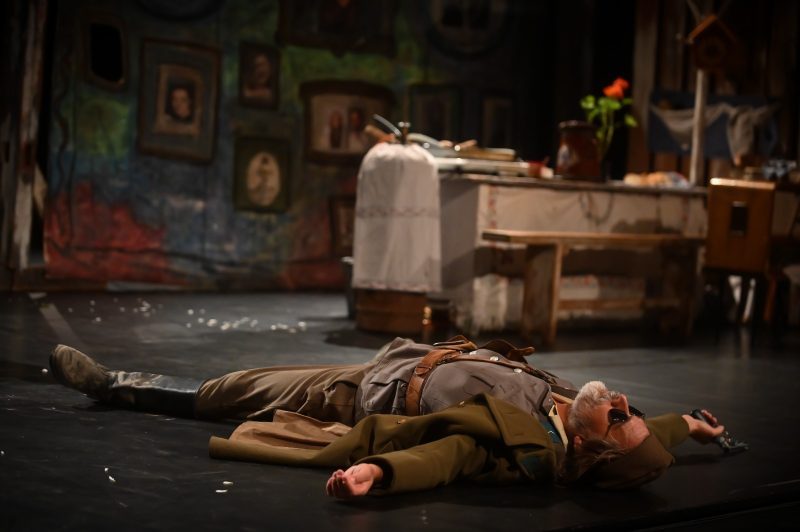
What is your perspective on theater photography?
Dragoș Dumitru: Extremely complex, for several reasons. First of all, you must be absolutely invisible to both the audience and the performers. Shooting situations often require you to have fixed angles, where you cannot move from one side of the room to another, although with experience you can tell by the setting, when you enter the room, where it would be best to position yourself. Then there is the problem of the noise and light produced by the equipment, which must be limited to the maximum, so as not to disturb the artistic act or the spectators. And the workload is huge, I think my personal record is 102 events photographed during one single FITS edition. That means about 1000 images at each event, selected, edited, uploaded to FTP by the next morning, meeting after meeting, in order to decide the team’s daily schedule, i.e. who goes where and what to shoot.
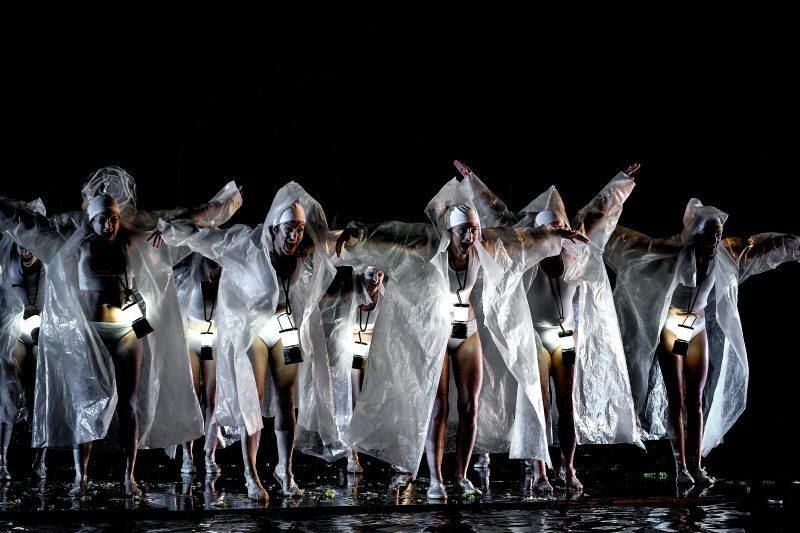
We are often the first to arrive at a location, stay for a few dozen minutes and leave for the next one. The logistics of moving between festival locations is also a critical aspect of the photographer’s work. I have tried everything from walking, to driving, public transport, taxis, scooter, bicycle or motorbike. For outdoor productions, the weather is a very important factor and one over which you have little control. The rain during the Générik Vapeur show by Waterlitz from a few years ago is a classic.
Many objectives and devices were irreparably damaged during those hours spent in the rain, in the Large Square. But it’s also a beautiful thing, it’s beautiful to enjoy the shows, through the lens of the camera (literally), but also interesting and very diverse subjects to photograph. I’ve seen many people, many places, and many shows of countless types over the years, and I’m grateful for that.
Cover photo: Dragoș Dumitru
